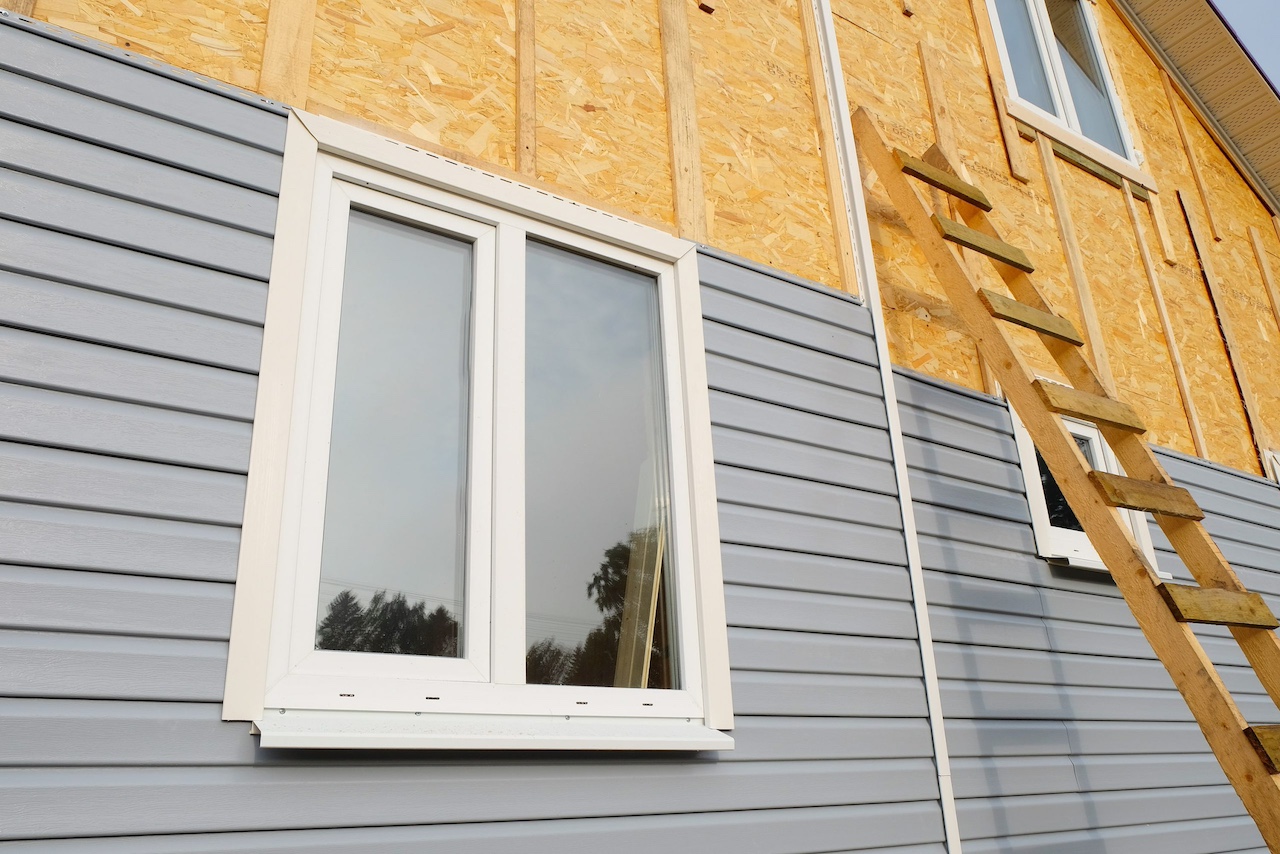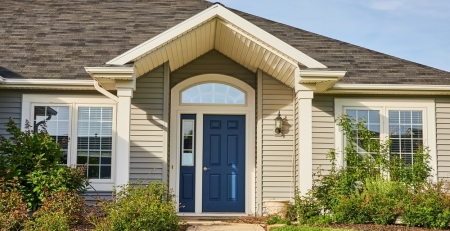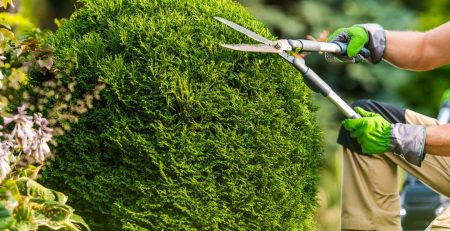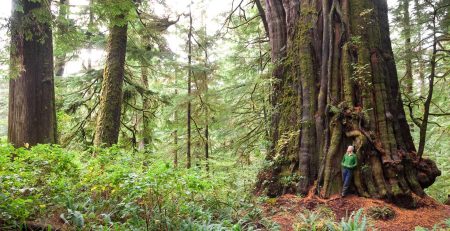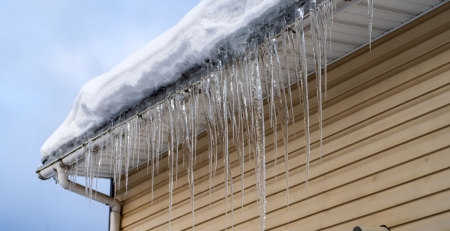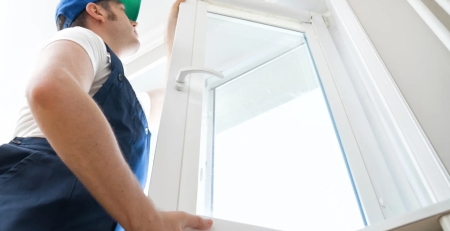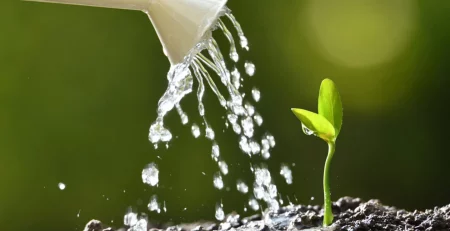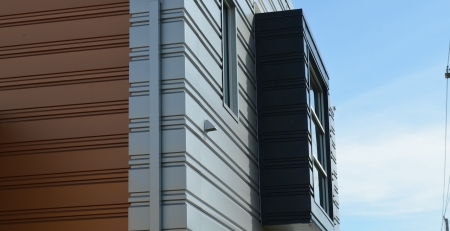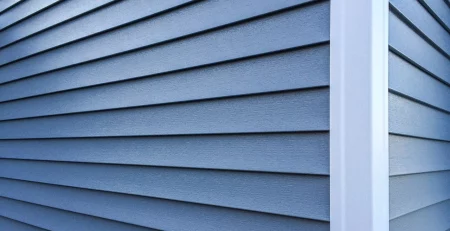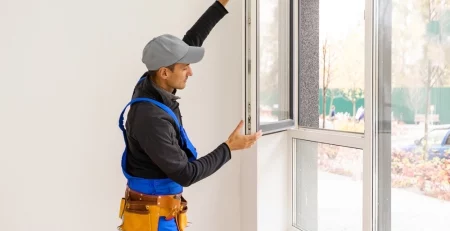Understanding the Distinction: Siding vs. Re-Siding for Homeowners
The exterior of your home is more than just a protective shell; it’s a statement of your personal style and a reflection of the care you invest in your property. When it comes to maintaining or upgrading your home’s exterior, two terms often come into play: siding and re-siding. Let’s delve into the difference between the two and explore instances where re-siding can be not only a viable option but also a financially sound investment.
Siding 101: The Initial Installation
Siding refers to the installation of a protective outer layer on the walls of a building. This initial process is crucial for shielding your home from the elements, providing insulation, and enhancing its curb appeal. Homeowners often choose siding materials based on aesthetics, durability, and maintenance requirements.
The Need for Re-Siding: Signs and Considerations
As time passes, the exterior of your home inevitably weathers, and siding may show signs of wear and tear. This is where re-siding becomes a relevant consideration. Some common indicators that your home may benefit from re-siding include:
- Visible Damage: Cracks, warping, or significant damage to your current siding material.
- Fading or Discoloration: Over time, exposure to the sun and weather elements can cause your siding to lose its original color or develop uneven discoloration.
- Increased Maintenance: If you find yourself constantly repainting or repairing your existing siding, re-siding could provide a more lasting solution.
- Energy Efficiency Concerns: Older siding may lack the insulation properties of modern materials, leading to higher energy bills. Re-siding can significantly improve your home’s energy efficiency.
When Re-Siding Makes Financial Sense: A Smart Investment
While the idea of re-siding may seem like a significant expense, it’s essential to consider the long-term benefits and potential cost savings. Here are scenarios where re-siding can be more profitable:
- Increased Property Value: Re-siding can substantially enhance your home’s curb appeal, potentially increasing its overall market value.
- Energy Savings: Modern siding materials often come with improved insulation properties, leading to lower energy bills over time.
- Reduced Maintenance Costs: Investing in durable and low-maintenance siding materials can save you money on frequent repairs and upkeep.
- Enhanced Aesthetics: Beyond practical considerations, re-siding allows you to update the look of your home, keeping it in line with current design trends.
- Warranty and Longevity: Many new siding materials come with extended warranties, providing peace of mind and potential cost savings on future repairs.
The decision between siding and re-siding depends on the condition of your current exterior, your aesthetic preferences, and your long-term financial goals. While re-siding may require an upfront investment, the benefits in terms of increased property value, energy efficiency, and reduced maintenance costs often make it a more profitable choice in the long run. Contact Timber TEKS Construction professionals to assess your specific needs and explore the best options for revitalizing your home’s exterior.

